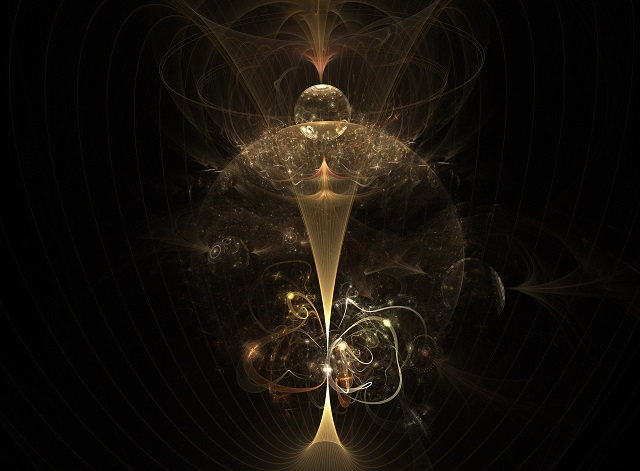According to the spin-statistics theorem in relativistic quantum field theory, particles with integer spin are bosons, while particles with half-integer spin are fermions.

😊Fermions are usually associated with matter, whereas bosons are generally force carrier particles, although in the current state of particle physics the distinction between the two concepts is unclear.
😊 In particle physics, a fermion is a particle follows Fermi–Dirac statistics and generally has half odd integer spin 1/2, 3/2 etc.
😊At low-temperature fermions show superfluidity (Superfluidity is the characteristic property of a fluid with zero viscosity which therefore flows without any loss of kinetic energy) in support of uncharged particles and superconductivity (Superconductivity is a set of physical properties observed in certain materials where electrical resistance vanishes and magnetic flux fields are expelled from the material) in support of charged particles.
😊Fermions consist of all quarks and leptons, as well as all composite particles made of an odd number of these, such as all baryons and numerous atoms and nuclei.
😊Some fermions are elementary particles, such as the electrons, and some are composite particles, such as the protons.
😊Therefore, what is usually referred to as the spin statistics relation is in fact a spin statistics-quantum number relation.
😊In addition to the spin characteristic, fermions own another specific property: they possess conserved baryon or lepton quantum numbers.
😊If multiple fermions own the same spatial probability distribution, then at least one property of each fermion, such as its spin, must be different.
😊As a consequence of the Pauli exclusion principle, only one fermion can occupy a particular quantum state at a given time.
😊Composite fermions, such as protons and neutrons, are the key building blocks of everyday matter.
😊Fermions differ from bosons, which obey Bose–Einstein statistics.
😊These particles obey the Pauli exclusion principle.
😊Weakly interacting fermions can also display bosonic behavior under extreme conditions.
😊The name fermion was coined by English theoretical physicist Paul Dirac from the surname of Italian physicist Enrico Fermi.
Source:
[1] Wikipedia Contributors. “Fermion.” Wikipedia, Wikimedia Foundation, 2 Nov. 2020, en.wikipedia.org/wiki/Fermion. Accessed 9 Nov. 2020.
[2] Wikipedia Contributors. “Superconductivity.” Wikipedia, Wikimedia Foundation, 2 Nov. 2020, en.wikipedia.org/wiki/Superconductivity. Accessed 9 Nov. 2020.
[3] Wikipedia Contributors. “Superfluidity.” Wikipedia, Wikimedia Foundation, 5 Nov. 2020, en.wikipedia.org/wiki/Superfluidity. Accessed 9 Nov. 2020.
[4] pixy.org. “Abstract Physics Image.” Pixy.org, 28 Sept. 2020, pixy.org/4747730/. Accessed 9 Nov. 2020.